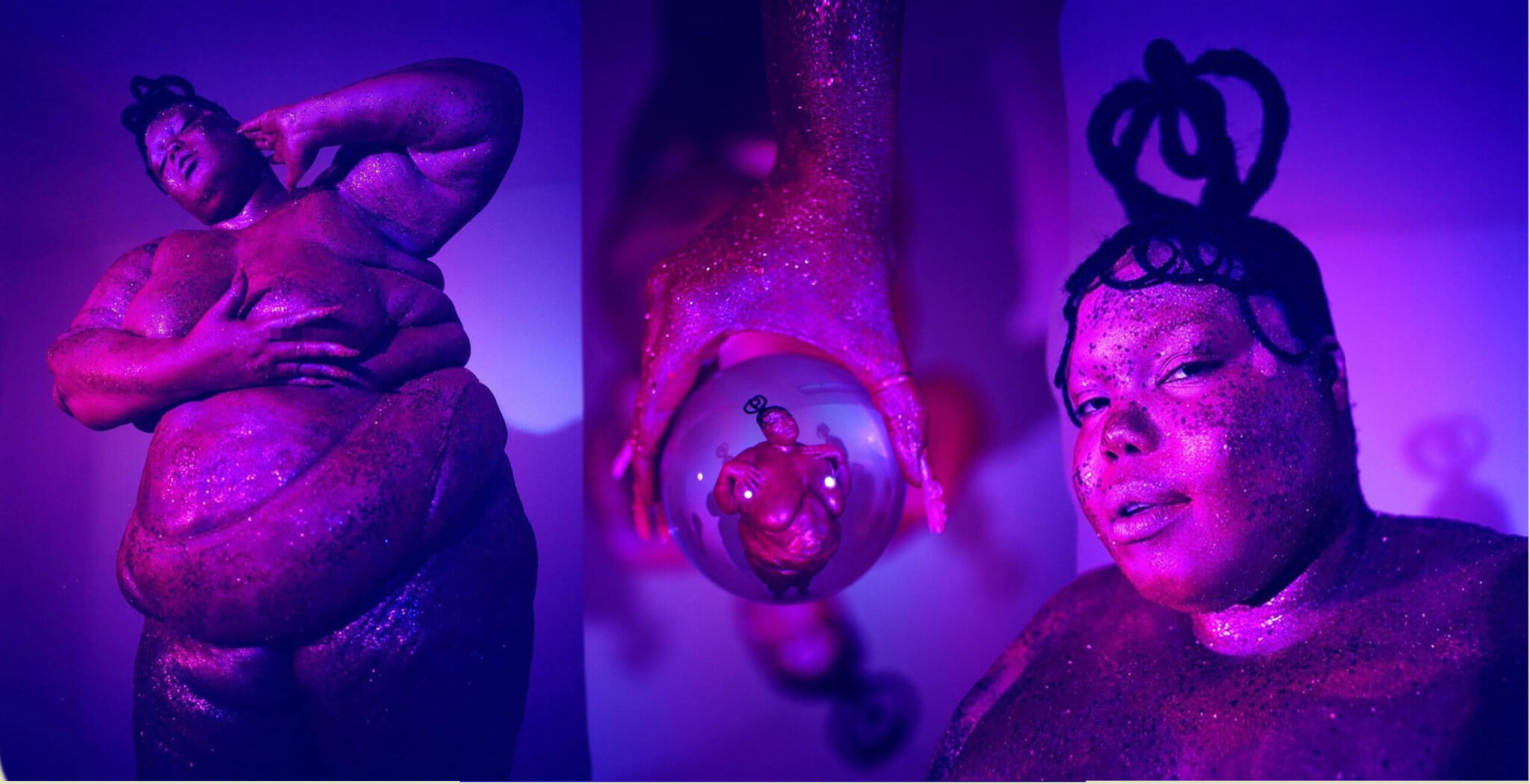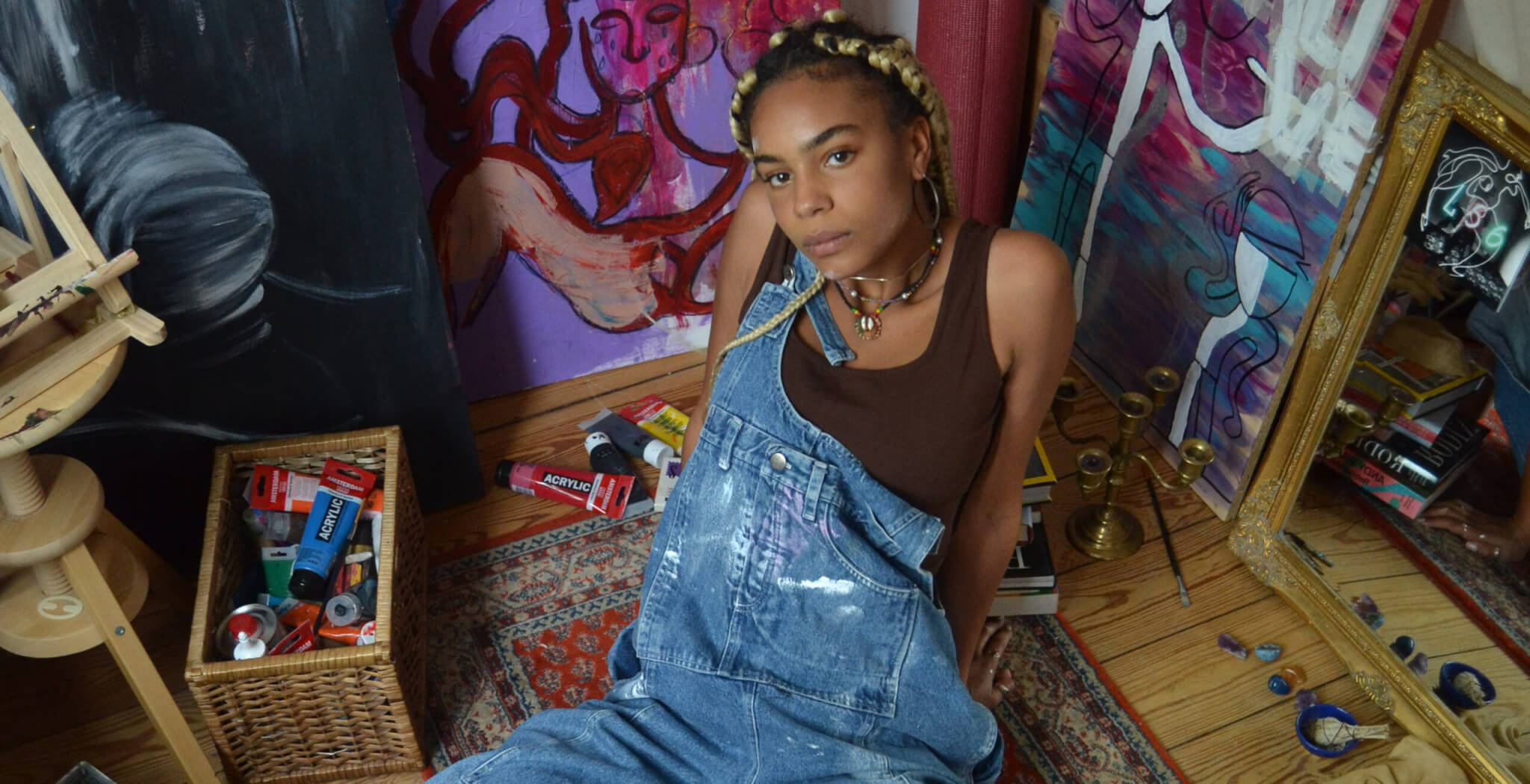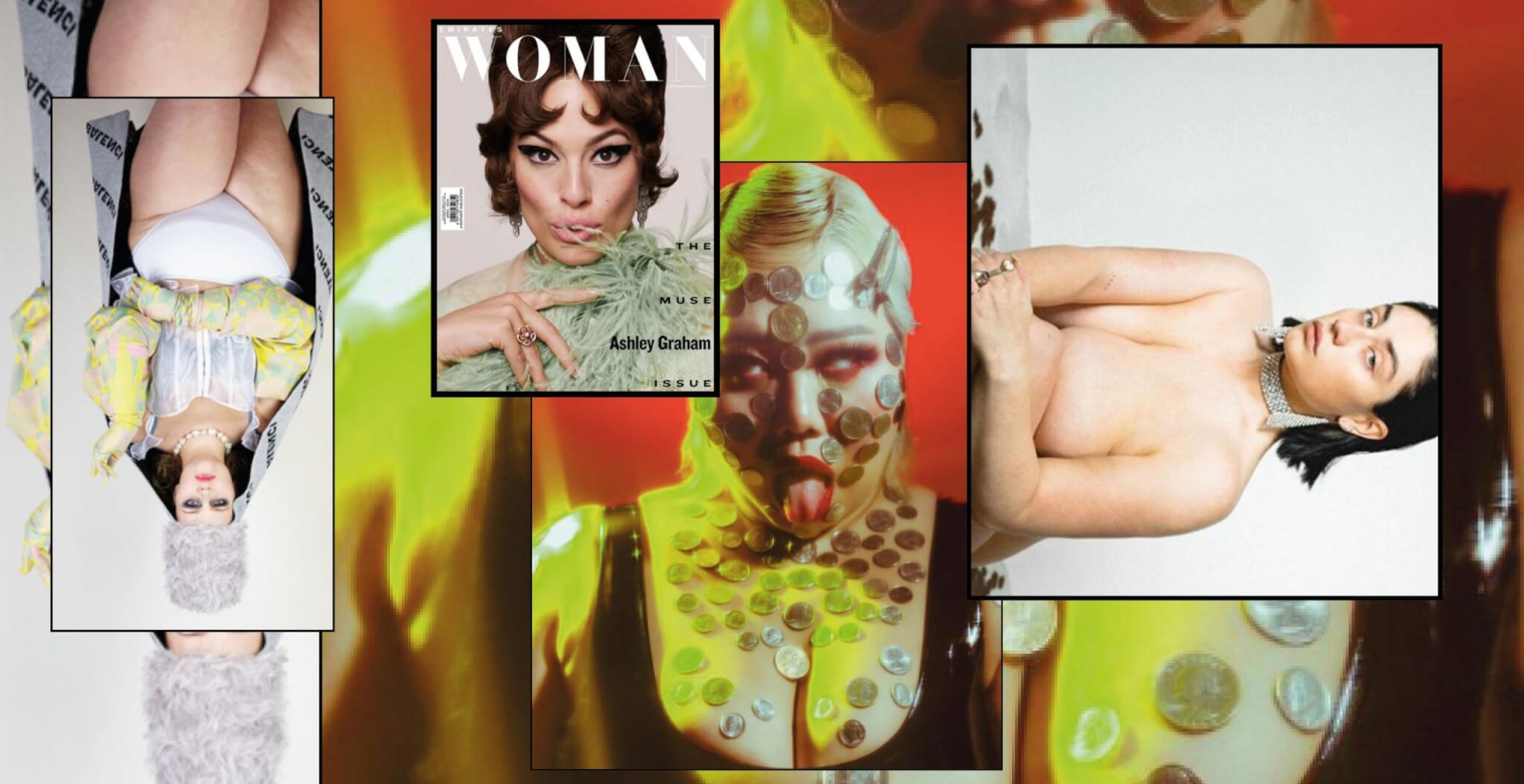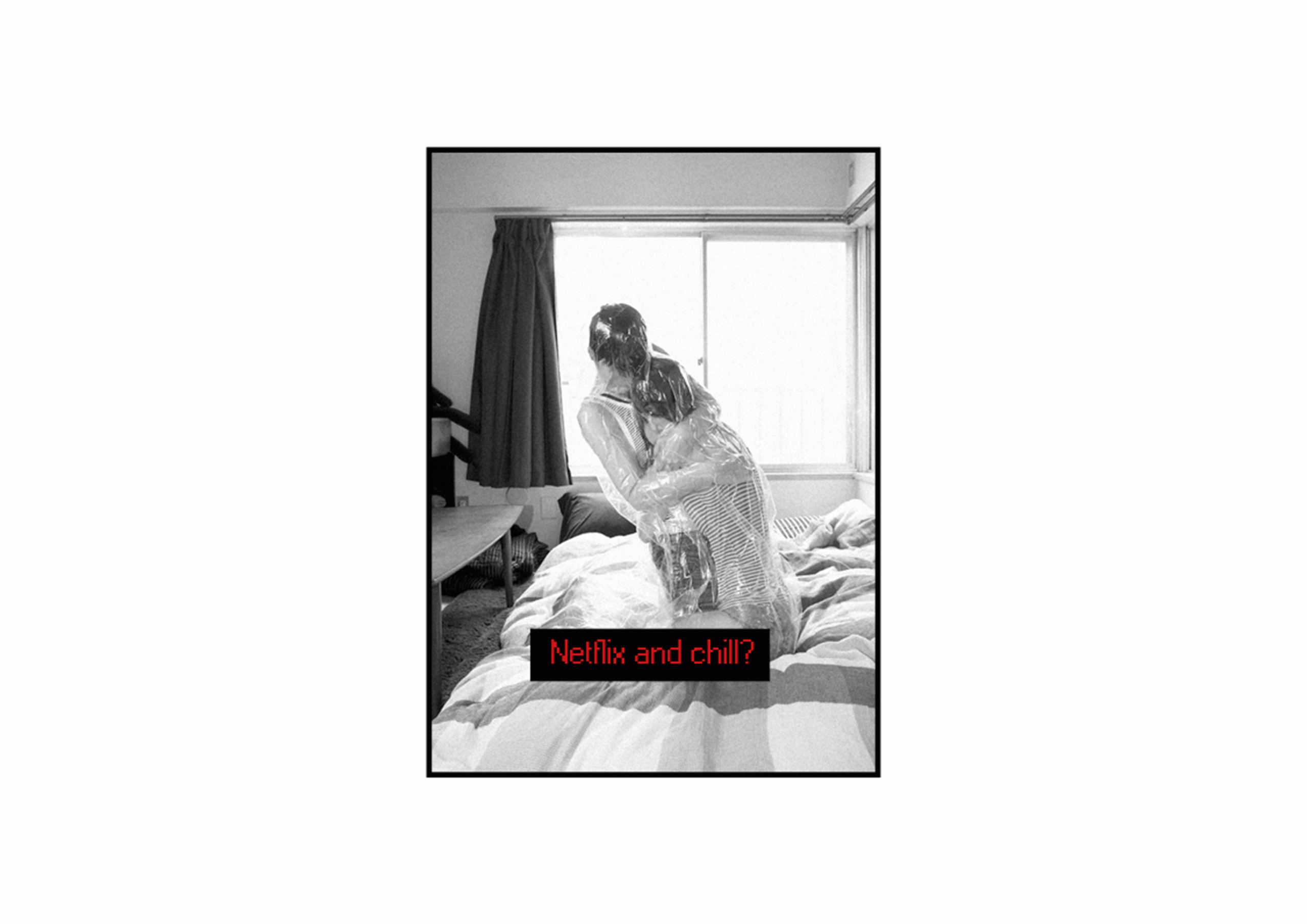We personally follow many body-acceptance activists and fat fashion icons because I am plus-size myself and we love the community space Instagram and social media offer us. Talking to people who share similar experiences or can relate to our personal problems gives us a sense of belonging and support. These fat influencers serve as great sources of inspiration and motivation to love ourselves, irrespective of our weight. Their unique dressing styles and actions can be seen as rebellious acts challenging social norms. We need such role models and self-loving activists to normalize and appreciate every body type, challenging our viewing habits.
As plus-size individuals, we find it empowering to see diverse body shapes in our social media feed. It’s wonderful to witness fellow fat people experimenting with fashion, expressing themselves, and presenting themselves authentically. Embracing and showcasing larger bodies, including back rolls, tummy fat, wobbly arms, stretch marks, cellulite, etc., should be as accepted as showcasing skinny or conventionally accepted body types. Sadly, displaying larger bodies is often treated differently, not only by people but also by social media algorithms and their censorship practices.
Nudity is a significant aspect of social media, where both men and women feel comfortable sharing themselves in swimwear, cute lingerie, or even nudity if they choose to. So why should there be a distinction between different body types that choose to be nude? Marginalized bodies deserve to be seen and accepted just like any other body. It deeply saddens and angers us when a beautiful post featuring a fat body disappears within 30 minutes, accompanied by an explanatory screenshot in the user’s story citing a violation of “community guidelines.” This leaves us speechless and outraged.
A similar incident occurred to model and activist Isold Halldorudottir, who shared a series titled “Vulnerability and Strength” on her Instagram. The series was repeatedly deleted, but fortunately, it has persevered. The pictures are genuinely beautiful and impactful.
The unfair censoring, removal from platforms, and shadowbanning must come to an end. Straight-sized bodies often remain unaffected by this issue, further alienating Black, queer, and plus-size bodies that are disproportionately targeted. Marginalized bodies continue to disappear from social media due to unjust and irrational guidelines. However, the more evident force at play here is the power of hatred.
These outdated ideals and unfair censorships need to be addressed. Marginalized people and their bodies will not simply vanish because social media attempts to make them. They are here to stay! A recent example of protest against this problem is “Exhibit,” a series of portraits featuring three plus-size models in statuesque poses and atmospheric light, which recently premiered on DAZED. Creative director David Evans conceptualized the series, captured by Timo Kerber. The series was conceptualized by creative director David Evans and captured by Timo Kerber. The three models are Char Ellesse, Enam Asiama, and Nyome Nicholas-Williams. This editorial serves as a call to action against censorship and urges those with power to bring about changes within the flawed systems of social media. If you want to support this cause and help marginalized bodies be seen and heard, please like, share, and save the pictures that you don’t want to disappear.



























